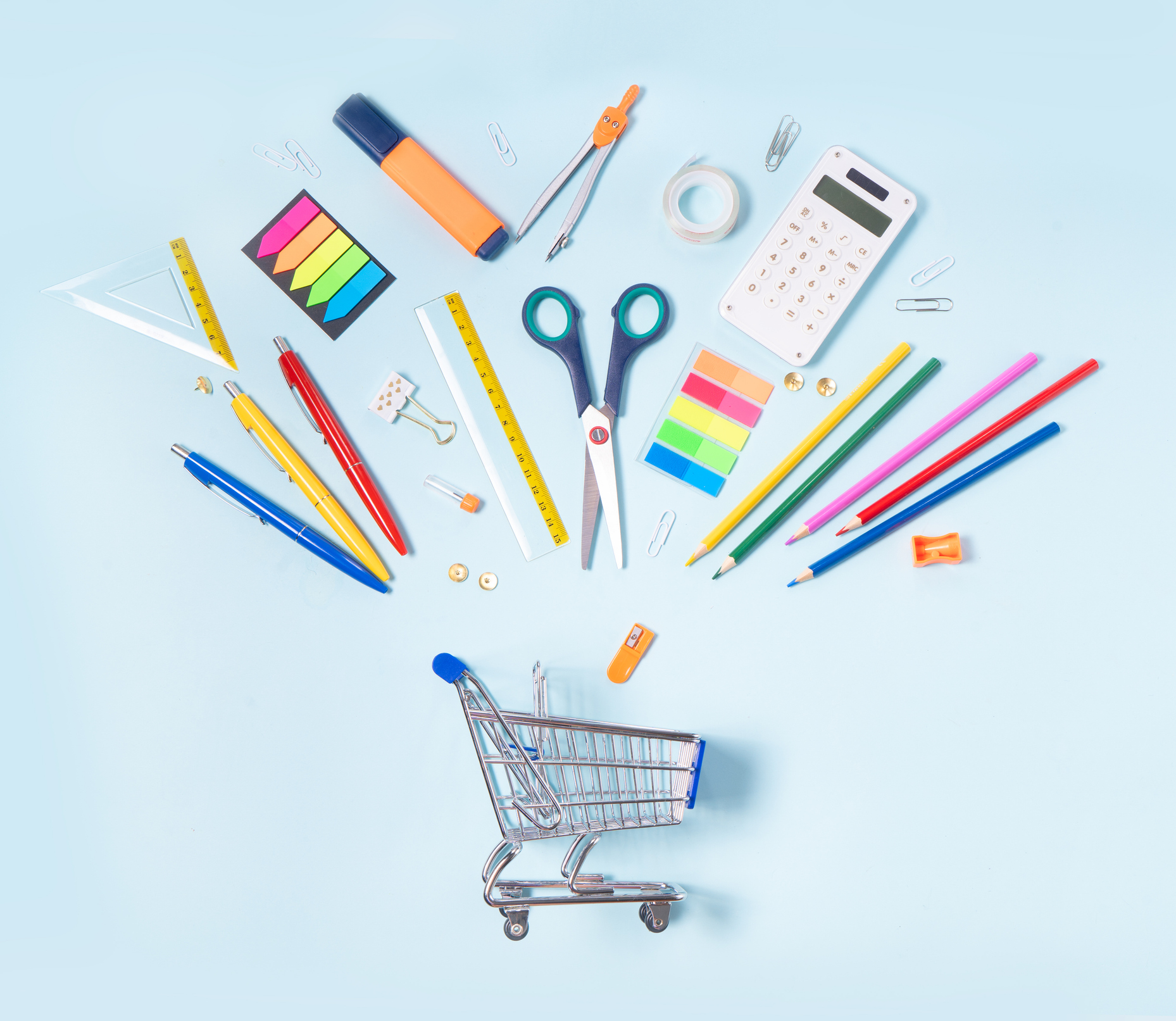Using Mobile Apps to Be a Better Haggler
In the arena of haggling, knowledge is power.
In the arena of haggling, knowledge is power. And the right application can put that power at your fingertips. Specifically, free price-matching apps are available for the Apple iPhone and dozens of mobile phones that run Google's Android software.
How do they work? Rather than combing through ads, you check the phone to see which nearby store has the best offer. If you're already at a store and find a better price elsewhere, simply ask the retailer if it will match or beat the competitor's price.
To try phone haggling, I used a T-Mobile G2 ($200 with a two-year contract) and two free apps available in Google's Android Market, an online store with more than 100,000 software programs accessible via the G2's main screen. Because of their power, simplicity and ease of use, my favorite shopping tools are Google Shopper and ShopSavvy, although there are many more.
From just $107.88 $24.99 for Kiplinger Personal Finance
Become a smarter, better informed investor. Subscribe from just $107.88 $24.99, plus get up to 4 Special Issues

Sign up for Kiplinger’s Free Newsletters
Profit and prosper with the best of expert advice on investing, taxes, retirement, personal finance and more - straight to your e-mail.
Profit and prosper with the best of expert advice - straight to your e-mail.
All price-matching apps work pretty much the same way. The easiest is to use your phone's camera as a bar-code scanner. For instance, using Google Shopper, select "Image Search" on the app's home screen, and then aim the camera at the bar code. Once it recognizes the code, the app beeps. Within seconds, Google Shopper displays all local and online stores that sell the product, the price they're asking, the stores' addresses, and their distance in miles from your current location.
But what if you can't find the bar code? Try a voice-recognition search -- say, for example, "Samsung 50-inch 3D plasma HDTV" -- or go old school and type in the product's name. A voice search may seem inherently unreliable, but it worked well in my tests of Google Shopper in Best Buy's noisy electronics department. ShopSavvy has a bar-code scanner and text search, but no voice option.
Putting the apps to the test. At Best Buy I spotted a 32-inch Sony LCD TV for $400. Google Shopper found the same model at a Sears 27 miles away for $356. Too far. But at Staples, ShopSavvy discovered that a $210 APC Backup Battery, handy for surge protection and power outages, was $150 at Office Depot and $180 at Best Buy. And both stores were less than a mile away.
Cha-ching. The app showed me that a short drive would save me 60 bucks. But would I have to make the schlep? I asked clerks at both stores whether they'd match the price I'd found with my phone. In both instances, they said they'd need to see a print ad to give me the better deal. (So last century.)
Undaunted, I went to another Best Buy and scanned a Panasonic cordless phone kit with four handsets. Best Buy wanted $100, but a Wal-Mart nine miles away had it for $89. Would Best Buy match Wal-Mart's price? Yes. All I had to do was bring the Panasonic box to customer service, which would call Wal-Mart to verify the lower price.Next I ventured into Fry's Electronics, a big-box retailer with stores in nine states, where ShopSavvy informed me that a $499 Toshiba 32-inch LCD TV was $30 cheaper at a Best Buy a half-mile away. Fry's agreed to match the lower price after making the requisite confirmation call. I couldn't, however, get them to beat the competitor's price.
I called retailers to see whether they had a policy on shopping apps, and Best Buy said it does honor prices from them. Given my experiences, it's safe to say some clerks aren't aware of their store's policy, and it's incumbent on shoppers to seek out store managers and push the issue.
Sometimes, shopping apps show that the price you see is the best in town. A Best Buy in my area, for instance, had a Currie Ezip 400 electric scooter on sale for $200; the next best price Google Shopper could find was $300. And Costco's $100 price for the iHome IP45BZ rechargeable stereo speaker (with FM radio and alarm, iPod and iPhone dock) was $3 less than I found elsewhere. No buyer's remorse here.
If you suspect a certain item will go on sale soon -- after the holidays, say -- use ShopSavvy to create a price alert. Simply enter your target price and e-mail address, and the app will notify you when the price hits your target. Both ShopSavvy and Google Shopper keep a history of the products you've researched -- a handy feature for checking prices over time without having to reenter the same information again and again.
Profit and prosper with the best of Kiplinger's advice on investing, taxes, retirement, personal finance and much more. Delivered daily. Enter your email in the box and click Sign Me Up.
-
 5 Investment Opportunities in 2026
5 Investment Opportunities in 2026As investors game-plan for the year ahead, these five areas of the equity markets deserve their attention.
-
 How Verizon’s Free Phone Deals Work
How Verizon’s Free Phone Deals WorkWhat shoppers need to know about eligibility, bill credits and plan costs.
-
 Does Your Car Insurer Need to Know All Your Kids? Michigan Cases Raise Question
Does Your Car Insurer Need to Know All Your Kids? Michigan Cases Raise QuestionWho you list on your policy matters more than most drivers realize, especially when it comes to who lives in your home.
-
 9 Types of Insurance You Probably Don't Need
9 Types of Insurance You Probably Don't NeedFinancial Planning If you're paying for these types of insurance, you may be wasting your money. Here's what you need to know.
-
 21 Last-Minute Gifts for Grandparents Day 2025 to Give Right Now
21 Last-Minute Gifts for Grandparents Day 2025 to Give Right NowHoliday Tips Last-minute gifting is never easy. But here are some ideas to celebrate Grandparents Day.
-
 Texas Sales Tax-Free Weekend 2025
Texas Sales Tax-Free Weekend 2025Tax Holiday Here's what you needed to know about the Texas sales tax holiday.
-
 Alabama Tax-Free Weekend 2025
Alabama Tax-Free Weekend 2025Tax Holiday Here’s everything you need to know about the 2025 back-to-school Alabama sales tax holiday.
-
 Amazon Resale: Where Amazon Prime Returns Become Your Online Bargains
Amazon Resale: Where Amazon Prime Returns Become Your Online BargainsFeature Amazon Resale products may have some imperfections, but that often leads to wildly discounted prices.
-
 The Sweet 23: States Where Twix and Kit Kat Avoid the ‘Candy Tax’
The Sweet 23: States Where Twix and Kit Kat Avoid the ‘Candy Tax’State Taxes There’s something spooky this Halloween, and it’s not just the ghouls. Find out if your state’s sales tax takes a bite out of sweet savings.
-
 Florida Back-to-School Tax-Free Holiday 2025
Florida Back-to-School Tax-Free Holiday 2025Sales Taxes The new tax-free holiday in Florida brought month-long savings on computers, clothing and other school supplies.
-
 Roth IRA Contribution Limits for 2026
Roth IRA Contribution Limits for 2026Roth IRAs Roth IRAs allow you to save for retirement with after-tax dollars while you're working, and then withdraw those contributions and earnings tax-free when you retire. Here's a look at 2026 limits and income-based phaseouts.